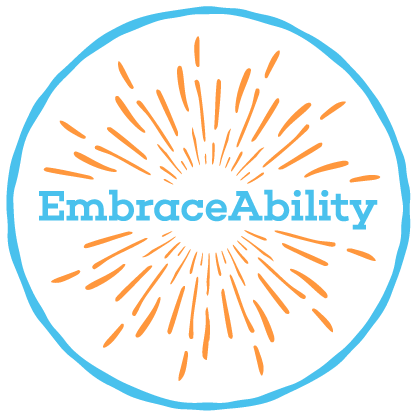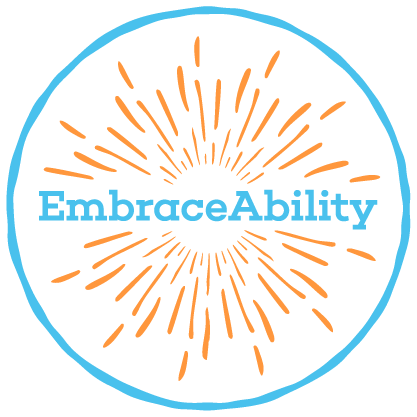Disability in Cambodia: What does it cost?
It might surprise you to learn that studies analysing elevated living costs associated with living with a disability are a very recent endeavour of the academic community. It might seem intuitive to most people that living with a disability will incur some costs that the non-disabled population don’t have to bear. However, this idea has only just been considered in any great depth. Despite being ‘late to the game’, the literature is growing, and its story contains an important lesson for every society.
What studies tell us
Any reading of literature related to disability and development will reveal a common theme – studies consistently show that people with disabilities are disproportionately poor when compared to their peers. People with disabilities are more likely to become poor, and remain poor due to key societal barriers; barriers to education, employment, and societal participation all contribute in keeping disabled people in a cycle of poverty. When factors are considered together, the effects are compounded to produce high levels of multi-dimensional poverty among disabled populations.
What is multidimensional poverty?
Multidimensional poverty encompasses the various deprivations experienced by poor people in their daily lives – such as poor health, lack of education, inadequate living standards, disempowerment, poor quality of work, the threat of violence, and living in areas that are environmentally hazardous, among others.
It is a government’s responsibility to draw lines of poverty at a level of income that is the bare minimum required to meet a minimum standard of living. Poverty lines inform policy outcomes, which might include healthcare cost dispensation, the provision of food, or cash benefits. The purpose of such policies is to bring everyone in the population up to a minimum standard of living and access to basic resources.
Poverty on paper
The problem is that people with disabilities have extra costs of living that people without disabilities do not have. This is no big secret, but there has been little thought or research done in order to ascertain what this difference in cost is. How can governments implement policy without understanding the scope of the problem? We know that medical expenses will be higher, that people with disabilities may require the use of costly assistive devices, that houses may need to be modified, that transport costs will be augmented; but, we rarely know exactly how much this costs a family in any given society or nation.
Broadly applied poverty reduction efforts cannot truly help families with a disabled family member. People with disabilities might appear ‘on paper’ to live above the poverty line, but in reality, and after dealing with added expenses, they don’t have enough money to meet the minimum prescribed standard of living.
Cambodia – The importance of research revealed
As it stands, there is no nationally representative research on the association between disability and poverty in Cambodia. However, there has been some formal recognition of the elevated living costs incurred by families with a disability family member, and the effects this has on household composition and income, particularly for those living in poverty. The Cambodian government has taken certain steps to improve the economic position of people with disabilities. In June 2011, a sub-decree to the 2009 inaugural national disability law was signed that entitles people with severe disabilities living in poverty to a monthly disability allowance of 20,000 Riel (approximately 5 USD). To strengthen the implementation of the national disability law and associated sub-decrees, a national disability strategic plan was developed for the period 2014–2018. A key goal of the national plan is to ensure that the poor are provided with assistance from the State with disability-related expenses.
Despite the efforts by the Cambodian government to address elevated living costs, their disability allowance contributions fall short of any meaningful effect. According to a 2018 study, the median cost associated with having a disabled member in Cambodia is around 38 USD per month. This was a crucial finding by the research team led by Palmer, Williams and McPake, attributing a monetary value to living with a disability in Cambodia for the first time.*
The current disability pension of 5 USD per month equates to around 13 percent of the direct cost of disability faced by Cambodian households. At only 13 percent, this falls considerably short of a family’s financial requirements. Moreover, the study revealed that only 4 per cent of households with a disabled member actually received disability allowance over the period 2009–2014, the majority of whom were households with an elderly member with a disability.
“When we take account of the cost of disability in calculating measures of poverty we find that the poverty rate amongst households with disabled members’ doubles, from 18 per cent to 37 per cent, while the poverty gap more than doubles from 3 to 8 per cent.”
Regarding money and allowances received from sources outside of the government, a similarly small proportion of households receive a transfer payment from non-government agencies, and the median payment made to recipients is 2 USD. For those that receive financial support from their own families, the median value of these payments is still only 4 USD. Taking into account the allowances and support afforded to families from the Cambodian government, NGOs and family members, this study deduced that only approximately 7 percent of the direct costs of disability are being met in Cambodia.
Furthering our understanding
Sound research and data collection should be the foundation of any policy or development effort. National policy or programmes dedicated to poverty reduction are too often based on an incomplete understanding of the issues faced by a group or population. According to academic review publication ‘The Conversation’,
“even well intended anti-poverty efforts and social protection schemes that do not take into consideration the additional costs of living with a disability will leave millions of people who have disabilities, and their families, in poverty.”*
Looking at Cambodia as an example, it has taken 7 years of policy implementation before a proper analysis was done to determine how far disability allowances go in alleviating poverty among the disabled population. The result is that the government and NGOs have profoundly underestimated the costs incurred by people with disabilities that are not incurred by their non-disabled peers.
It is clear that these issues require continued monitoring over time, and should be subject to a wide range of research and investigative strategies. How does this work practically? Comprehensive disability questionnaires are required in standard household surveys that take account of disability in its broadest sense; social programmes should take into account the elevated costs incurred by people with disabilities, particularly those related to healthcare or social protection. Ultimately, this requires a shift in analytical focus and an extended allocation of time and research resources.
Data collection relevant to household and community economics, together with the appropriate quantitative and qualitative research methods, needs to give policy makers the figures necessary to properly tackle issues of poverty and disability to the extent that is required. It is not enough to say living with disabilities costs people more – how much more? Let’s find out, and start making strategies and services to make sustainable change.
*Michael Palmer, Jenny Williams & Barbara McPake (2018): Standard of Living and Disability in Cambodia, The Journal of Development Studies

